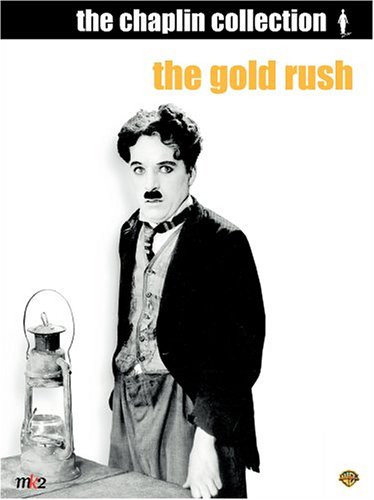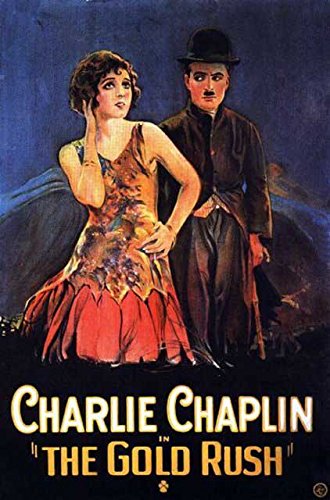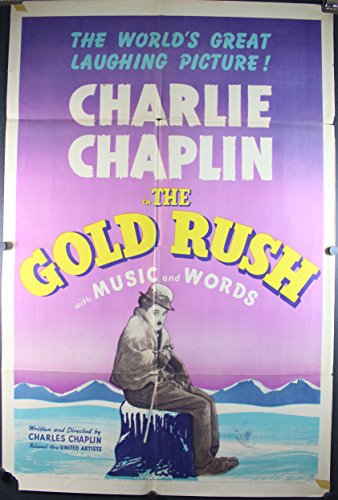Written, directed, and starring Charlie Chaplin, The Gold Rush is one of the most iconic silent films ever made. Released by United Artists in 1925, it follows Chaplin’s beloved Little Tramp character as he braves the harsh Yukon wilderness during the Klondike Gold Rush, blending slapstick comedy with poignant human drama.
Plot Summary
The Little Tramp heads north in search of fortune and stumbles into a series of misadventures:
- He shares a cabin with Big Jim McKay (Mack Swain) and the dangerous outlaw Black Larsen (Tom Murray) during a blizzard.
- Famously, he cooks and eats his own boot to survive starvation.
- Big Jim, delirious with hunger, hallucinates Chaplin as a giant chicken—a scene that became legendary.
- In town, the Tramp falls for Georgia (Georgia Hale), a dance hall girl, and dreams of winning her love.
- The film ends with a reversal of fortune and a romantic reunion aboard a luxury liner.
Behind-the-Scenes Trivia
- Chaplin said this was the film by which he most wanted to be remembered.
- The “dancing rolls” sequence was so beloved that projectionists in Berlin reportedly replayed it mid-film due to audience demand.
- The 600 extras playing prospectors were real vagrants hired from Sacramento and paid for one day’s work.
- Chaplin originally had a stagehand wear the chicken suit, but when the actor couldn’t mimic his movements, Chaplin donned the suit himself.
- An actual black bear was used for one scene—rare for the time, when costumed actors usually played animals.
Versions and Legacy
- In 1942, Chaplin re-released the film with added narration, music, and sound effects, trimming it from 95 to 72 minutes.
- The original 1925 version entered the public domain in 1953, making it widely available.
- Selected for preservation in the U.S. National Film Registry in 1992 for its cultural and aesthetic significance.
- Ranked #2 on the Brussels 12 list at the 1958 World Expo, just behind Battleship Potemkin.



Comments are closed, but trackbacks and pingbacks are open.